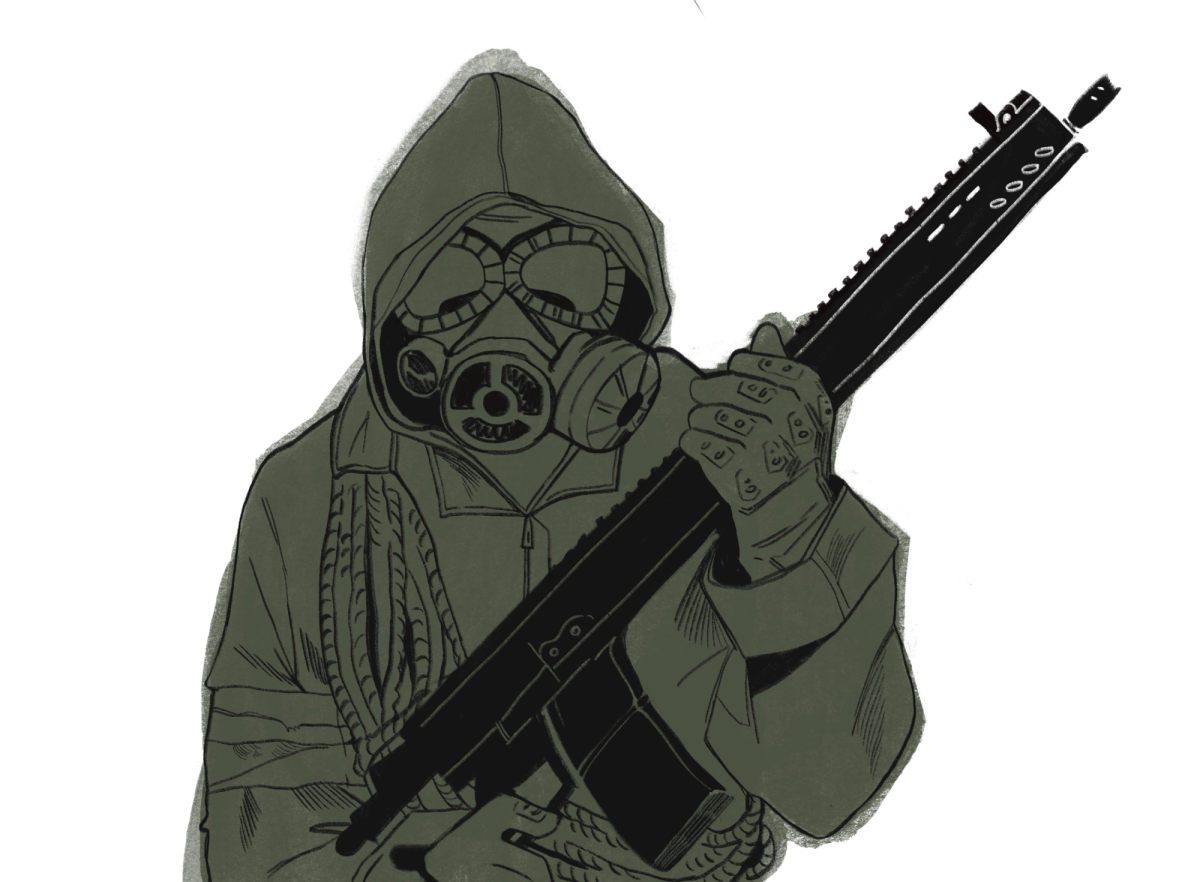- Photo Credit : Gold
Many students notice that females outnumber males at Whitman, but only some believe that the gender imbalance affects dating life.
The New York Times recently published an article called “New Math on Campus,” which presents straight women’s apparent frustration with the “shortage of men” at the University of North Carolina.
“Whitman’s gender balance is comparable to the national average, particularly for liberal arts colleges like us,” said Kevin Dyerly, director of admissions.”It’s 57 percent female and 43 percent male.”
Dean of Admission and Financial Aid, Tony Cabasco, said that only 38 to 39 percent of applicants last year were male.
“There are a lot more girls than guys,” said sophomore Mary Allain of the ratio in her humanities classes.
Students notice the skewed ratio outside of the classroom as well. First-year Katie Haaheim described watching several women return to residence halls on a weekend night.
“I’ve seen a few girls come back to the dorms crying because after an entire night of availability, no one danced with them . . . When there are too many girls, the girls get competitive,” she said.
Sophomore Seth Dawson recognized this ratio as well.
“Odds are obviously skewed in our favor,” said Dawson.
First-year Becky Nevin commented that her relationships with the opposite sex has changed since coming to Whitman. Nevin is a resident of Prentiss Hall, the campus’s only all-women’s residence, which houses 150 students, including the members of three women’s fraternities.
“I miss boys! Some of my best friends are guys back home but now I live in Prentiss and I sometimes find it hard to meet other people,” she said.
Dating seems especially difficult for queer women.
“Although it is apparent that a good number of queer (or lesbian or bisexual) women go to Whitman, it is definitely a challenge to find them,” said first-year Dena Wessel.
“There’s a surprisingly small visible community [of queer women] here,” she said. “Comparatively, queer (and gay and bisexual) men seem to congregate; people know who’s who; the dating pool is accessible.”
Many Whitman students seem to agree that the move away from dating, possibly to the less-committed “hooking up” scene, is a national hallmark of our generation.
“I know that nationwide, dating on college campuses is becoming more and more of a novelty,” said Haaheim.
Wessel disbelieves that Whitman students date differently from their peers at other schools.
“From my perspective, Whitman students date just as much as [students at] other schools. The numbers don’t seem to really affect us,” she said.
One student commented that her relationship status affects how she currently views the dating scene.
“There are plenty of single guys, but maybe I’m just saying that because I have a boyfriend,” said sophomore Lindsey Olson.
The Times article discussed the possibility of schools starting to enforce ‘affirmative action for boys’ in an effort to even out the ratio, but Whitman does not plan to follow this course of action.
“We, of course, would like to see the student body be close to 50-50 for the optimal co-educational experience,” said Dyerly, “but we’re also not willing at this point to alter our process drastically to favor and/or admit men at a much higher rate than women when the applicant pool more resembles a 40 to 60 male to female ratio.”
Dyerly and Cabasco both said that Whitman accepts between 1 and 1.5 percent more applicants from the male pool.
“Our yield on admitted men is historically slightly higher than it is for women,” said Cabasco of the rate of enrollment for admitted students.
Despite some students’ dissatisfaction on the dating front, for a small liberal arts college Whitman seems to be fitting in with current cultural norms, both in admissions and on campus.












